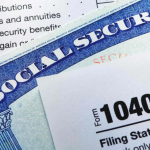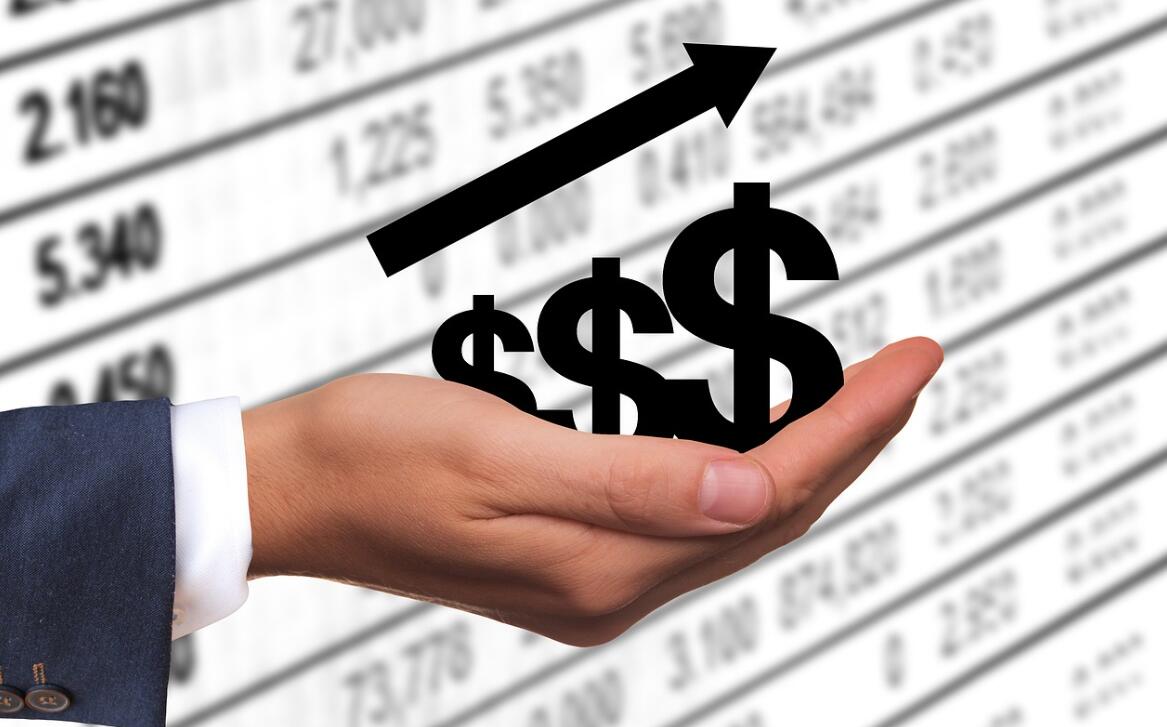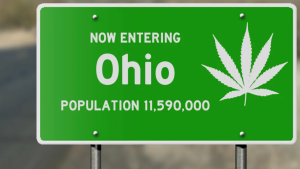In recent times, consumers have noticed that their grocery bills are climbing higher. Food costs are on the rise, and with it, there’s a noticeable surge in promotions and discounts at supermarkets and restaurants. In this article, we will delve into the reasons behind the increase in food prices and explore how businesses are responding with promotions to cater to cost-conscious consumers.
- Inflation and Supply Chain Disruptions:
One of the key drivers of increasing food costs is inflation, which affects everything from ingredients to transportation. This has been exacerbated by supply chain disruptions caused by various factors, including the COVID-19 pandemic and extreme weather events. As a result, food producers are facing higher operational costs.
- The Price of Commodities:
Basic commodities like wheat, corn, and soybeans have seen significant price hikes. These commodities are essential ingredients in many food products, and their elevated costs trickle down into the prices of everyday grocery items.
- Labor Shortages:
The labor shortage in the food industry has led to higher wages to attract and retain workers. These increased labor costs are ultimately reflected in menu prices at restaurants and in the prices of packaged foods.
- Increased Demand for Quality:
Consumers are increasingly prioritizing quality when it comes to food, and they are willing to pay more for products that meet their standards. This demand for higher-quality ingredients and products also contributes to rising food costs.
- Changing Consumer Habits:
The pandemic has transformed the way people eat, with more opting for home-cooked meals. The shift from dining out to cooking at home has led to increased grocery bills, as individuals are purchasing more ingredients and cooking at home.
- Businesses Respond with Promotions:
To counterbalance the effect of rising food prices, businesses are turning to promotions and discounts. This includes “buy one, get one free” offers, discounted combo meals, and loyalty programs that reward customers with discounts and freebies.
- Value Menus and Meal Deals:
Many restaurants are introducing or expanding their value menus and offering meal deals to provide affordable options for budget-conscious diners. These promotions aim to maintain customer loyalty while accommodating tighter budgets.
- Coupon and Reward Programs:
Supermarkets are enhancing their coupon and reward programs. These initiatives help shoppers save on their grocery bills and encourage brand loyalty in a competitive market.
- Creative Marketing Strategies:
Food businesses are also adopting creative marketing strategies. These include limited-time promotions, partnerships with delivery services to offer exclusive deals, and themed promotional events to draw in customers.
- Online Shopping and Delivery Promotions:
With the growth of online grocery shopping, e-commerce platforms are providing discounts, free delivery options, and subscription-based savings to attract online customers.
The increase in food costs is a multifaceted issue driven by inflation, supply chain disruptions, and shifting consumer habits. To mitigate the impact of these rising prices, businesses are employing various promotional strategies to keep consumers engaged and attract cost-conscious shoppers. Whether it’s value menus at restaurants, coupon programs at supermarkets, or creative marketing campaigns, these promotions are a testament to the adaptability of the food industry in the face of changing economic conditions. Consumers can now navigate the challenge of higher food costs with a variety of opportunities to save on their culinary experiences.



























